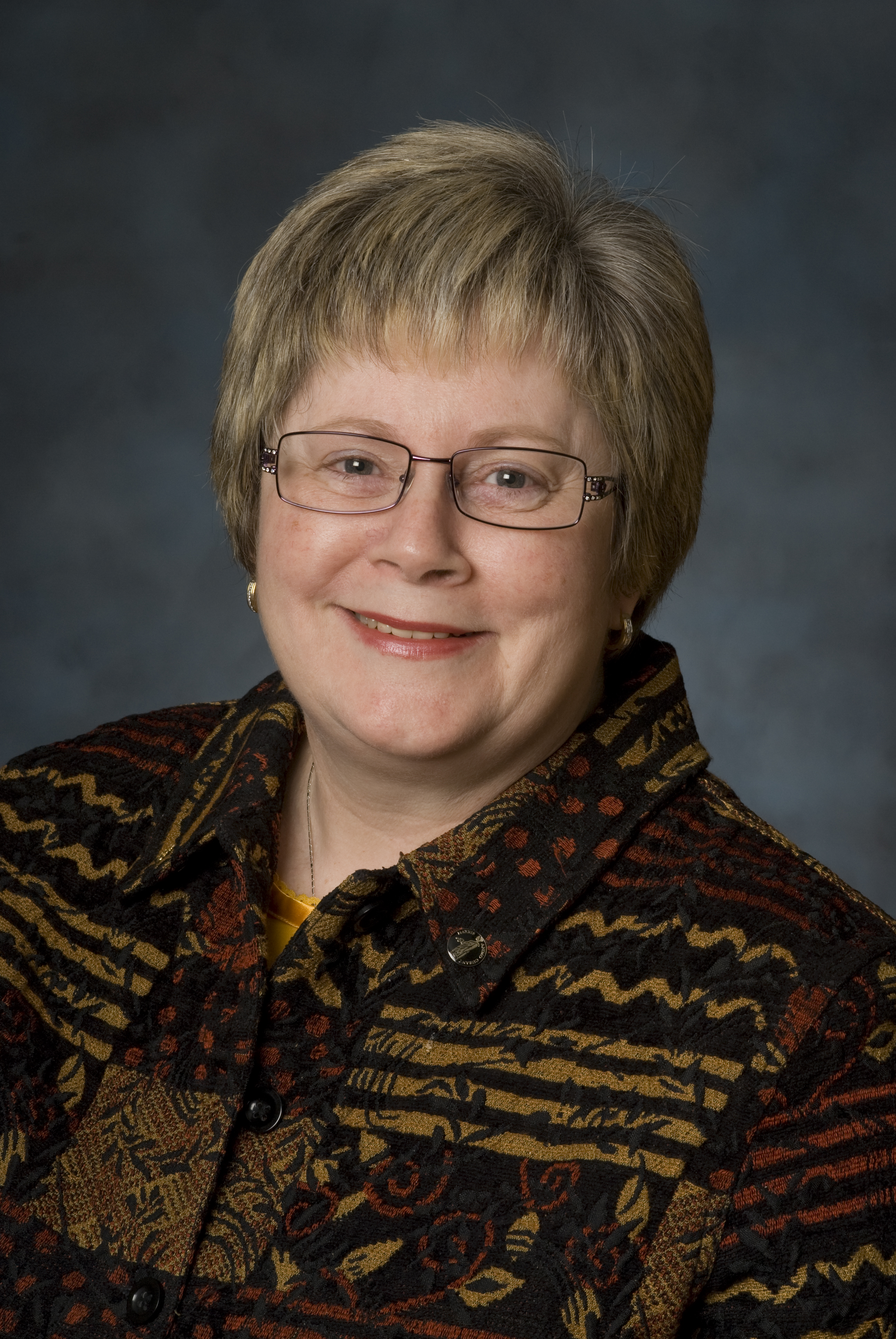There’s something to be said about life as a rural doc

I have been an urban physician my whole life and have experienced the challenges of long referral waits, quality-of-life decisions, juggling limited health care resources, and the obligation to promote health in my community. And like many of my urban colleagues, I have delivered the best care possible within the means provided.
During my travels around this province meeting as many members as possible, I have become acutely aware of the same, yet different, challenges of delivering health care in the rural and remote regions. I have great respect for my rural colleagues and it is a privilege to be able to visit areas of the province I wouldn’t otherwise get to see and witness the breadth of knowledge that rural physicians have and the responsibility that rests on their shoulders.
Life in rural BC has many positives: nature and scenery, an array of recreational activities, a great place to raise children, less crime, a reasonable cost of living, and often a close-knit community where people can depend on each other. For physicians specifically, rural life provides the opportunity to serve a particular population and can offer a good work-life balance.
But we know it’s not all rosy: there are also challenges to the rural lifestyle. The characteristics that make up the rural setting can also act as barriers to physician access and medical care, and affect the style and type of physician practice.
Due to the nature of many rural facilities, all physician specialties, as well as diagnostic tests or treatment options, are most likely not available in any given rural area. Decisions are influenced by the rural setting, such as distance to specialized services and the hardship that travel might cause for patients, and this situation is something that rural physicians consider almost daily, which isn’t really a concern of the urban physician. One of the biggest issues, of course, is call. With a smaller pool of physicians providing call, individual physicians in the rural areas often find themselves on call more often than their urban counterparts.
Generally speaking, rural physicians have a broader scope of practice than their urban counterparts. The abilities of rural physicians get stretched and they must adapt to the area’s needs and available resources. I can only imagine the stress of working to the utmost limits of your ability because you are “it.” However, being presented with a diversity of medical cases and constantly having to switch gears can be quite stimulating and intellectually challenging. I spoke with one family physician during my travels who, in any given week, would perform an obstetric ultrasound, remove a burst appendix or perform another type of surgery, and make a half a dozen house calls.
Relationships between physicians and patients, and among physicians, I think are closer than in the urban areas. In most instances I’m sure this is a bonus, but these complex relationships must be negotiated with care and integrity. Relationships can be more closely formed in rural practice because of the greater chance for encounter outside of the office: at the grocery store; at your child’s soccer game, hockey game, or ballet recital; or even at medical or other types of meetings. Fewer people, but stronger connections.
As well as developing closer relationships with patients, rural physicians also benefit professionally from this overlap of work and personal life. In this more integrated lifestyle, general practice physicians and specialists develop more collegial relationships and are less likely to dispute who has what privileges to perform procedures on shared patients.
Although physician shortages exist all around this province, a shortage in the rural areas is felt more acutely not by only patients wishing to access care, but also by the physicians who deliver it. Approximately 15% of BC’s physicians practise in the rural areas treating about 25% of BC’s population. An ongoing concern is whether there are enough new physicians to take over when older physicians retire. We need to make sure plans are in place for the future so that we’re not suddenly caught by surprise a decade from now.
Although my travels around this great province will be coming to an end, I am inspired by the dedication, passion, and hard work of so many selfless physicians. Please know that the BCMA is here for you, and through the many rural programs negotiated on your behalf wants to ensure rural practice remains an option that physicians continue to choose.
There is definitely something to be said about the quality of rural life when you can go outside at night and listen to silence, with thousands of sparkling stars high in the sky.
—Shelley Ross, MD
BCMA President
